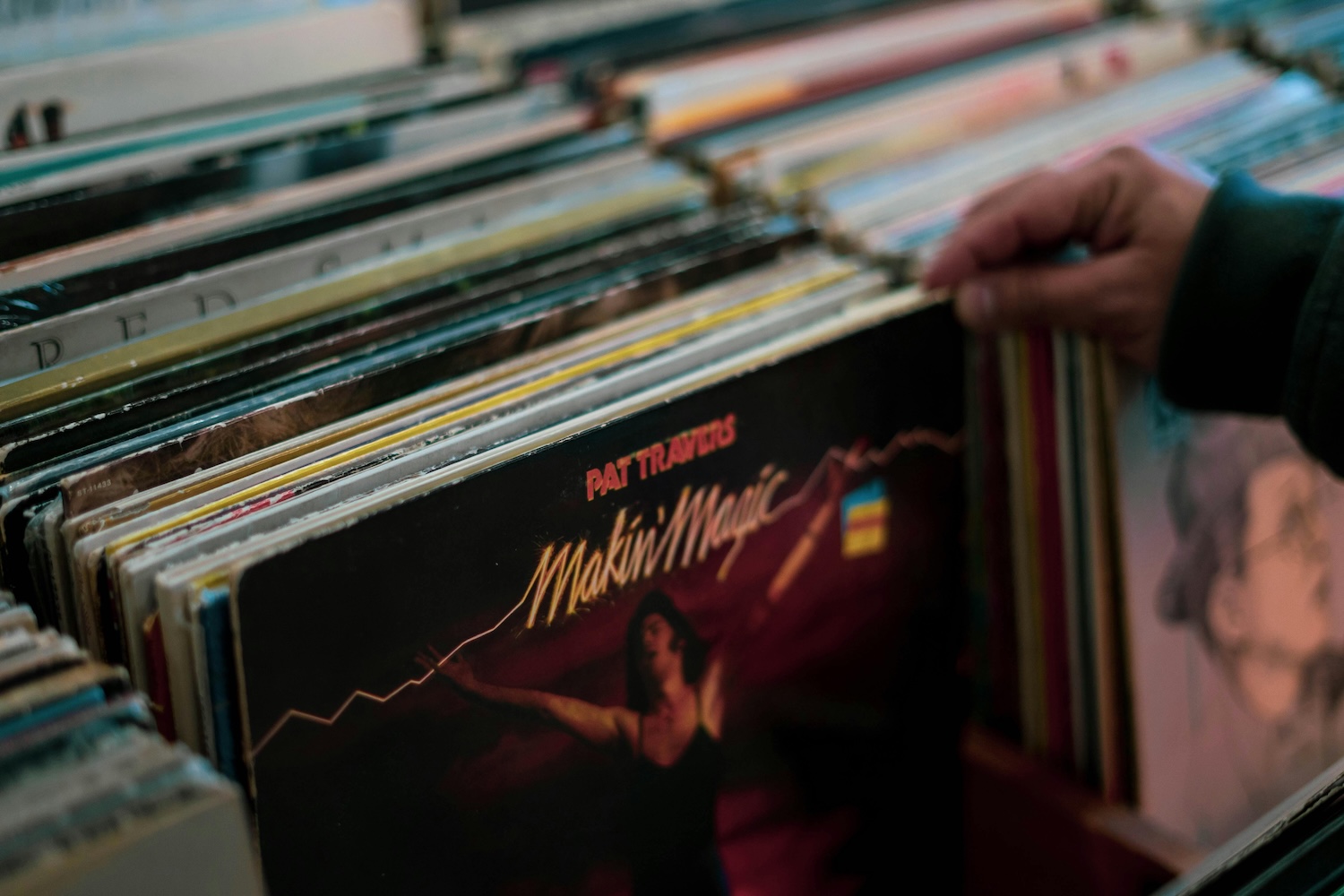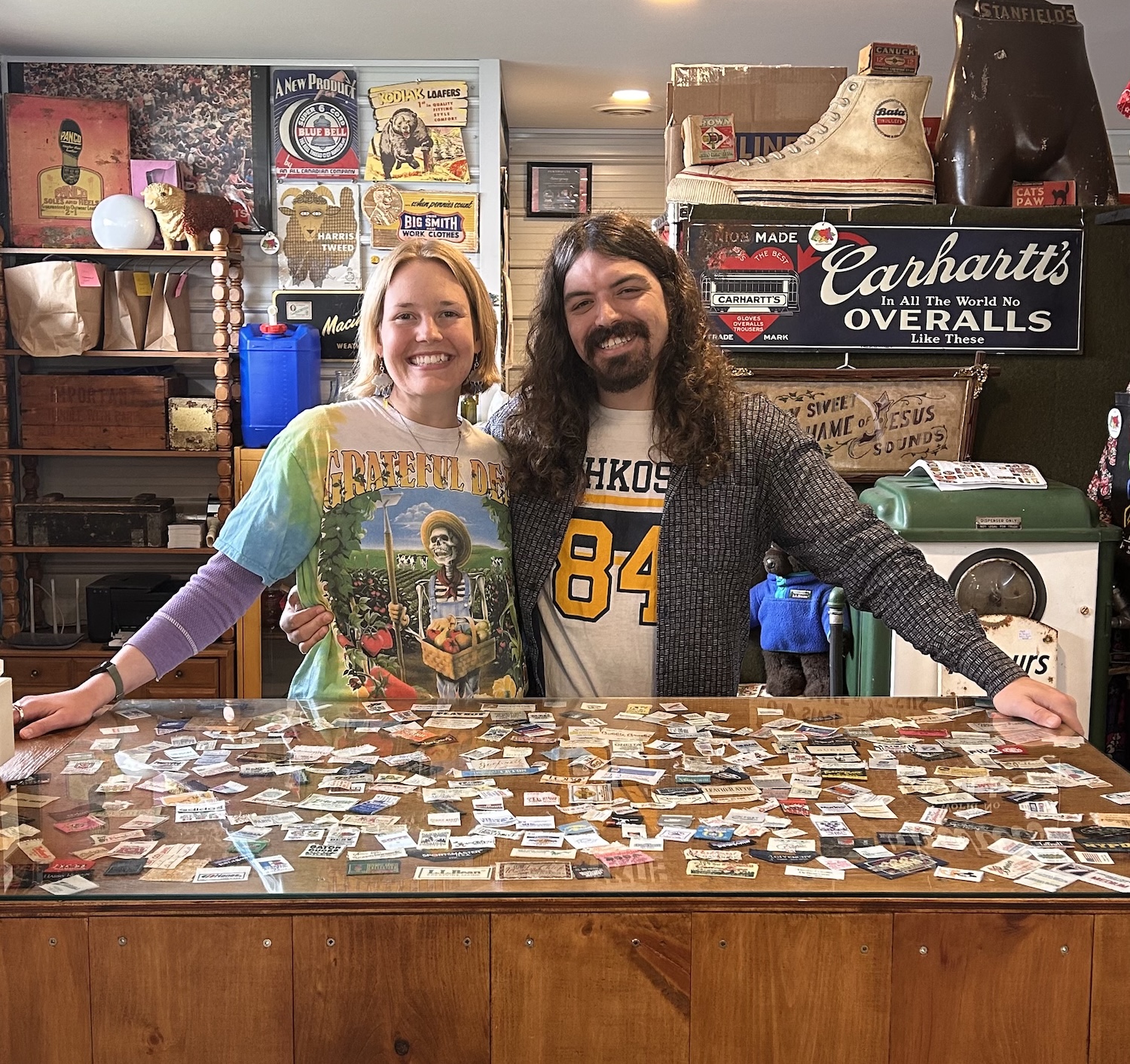
Murano mushroom lamps: What you need to know
The "mushie" sure is a cutie — here's how to tell the real from the fake, and where to find these lovable lamps
If you’ve spent any time in the vintage decor world on Instagram in the last few years, chances are you know the ubiquitous Murano mushroom lamp.
It appears in many a social media influencer’s home perched atop fireplace mantels, or peeking from behind a pothos plant on a shelf, or gently diffusing light in a darkened bedroom.
What makes these little lamps so popular — and so pricey? Keep reading for everything you need to know about the illustrious illuminators, including some examples from Murano-loving vintage sellers.
Murano glass and venetian glass: is there a difference?
Venetian glass is the broad name given to glass manufactured in Venice, Italy since the eighth century.
At the time, glassmaking factories were prone to fires, so in the late 1200s, city officials mandated that glass be manufactured on the islands of Murano, located within the city limits — hence Murano glass. This ensured that if there were a factory fire, the city itself would be spared with the flames contained to the islands.
Lawmakers also created rules and regulations surrounding glass production.
Glassmakers on Murano were required to keep trade secrets and prevent their knowledge from disseminating into the city centre, where it could more easily spread to other regions. For glassmakers who left the island or who didn’t adhere to the rules, consequences could be as severe as death.
Early Venetian glassmakers honed their craft with influence from glassmakers in Egypt and Syria. Public appetite for Venetian glass reached a high in the 1500s and 1600s, but faded as more artisans across Europe took up the practice.
When Napoleon Bonaparte conquered the Venetian Republic in 1797, taxes mounted on the sale of glass. Napoleon ordered glass factories to close in 1807, and for nearly 50 years the advancement of glassblowing stalled. In 1866, Venice joined Italy and interest in glassmaking renewed, peaking again in the 1920s.
Best known as an art glass available in a variety of colours and patterns, Murano glass is still considered to be some of the most expertly crafted in the world.
How do I know if it’s Murano glass?
Keep an eye out for reproductions, because this market is rife with them. (Not a bad thing! With reproductions, you can get the look of a Murano mushroom lamp at a fraction of the cost. But if you’re buying vintage and it has a high price tag, you want to be sure that you are paying for the authenticity.)
Nearly half the global market is glass made in Asia or Eastern Europe and is not, in fact, Murano glass at all despite sharing many of the same visual characteristics to the untrained eye. Some of this glassware is marked with the phrase “made in the style of Murano,” which means it isn’t Murano glass.
An “Artistic Glass Murano” or “Vetro Artistico Murano” trademark sticker was established in 1994 to mark authentic pieces made on the islands of Murano.
Now, about 50 companies — called “concessionary” companies — use the trademark. These stickers contain anti-counterfeiting technology, plus a serial number and QR code containing the data on that particular item.
When buying vintage Murano glass, these stickers are likely not available, since they were made before the trademark was established. Look for the glassmaker’s signature, as well as deep and rich colour, complex patterns, and imperfections in shape that signify the handmade aspect of these pieces.
Continued below
Find vintage events in your area
See our calendar
Continued from above
What techniques are used to make Murano glass?
Murano glass is made with soda lime glass — usually 65 to 70 per cent silica, 10 to 20 per cent soda and 10 per cent lime as a stabilizing agent. The mixture goes through two furnace processes — first to be mixed, then to be melted, often with additional ingredients to give the glass colour and texture.
Venetian glassmakers are renowned for engraving, gilding, enamel work and other glass-forming techniques. Here are a few of them:
- Aventurine: Brown glass with inlaid copper specks, also called goldstone glass. The first recorded use was in 1626.
- Calcedonio: Marbled glass resembling chalcedony, a semiprecious stone made of compressed silica, created by famous glassmaker Angelo Barovier in the 1400s.
- Cristallo: Ultra-clear soda glass resembling rock crystal, achieved by the addition of manganese dioxide. Like calcedonio, development of cristallo is also credited to Angelo Barovier, with the earliest recorded use in 1453.
- Filigrana: Colourless glass decorated with embedded glass canes to produce a stripe pattern, the development of which is attributed to glassmaker Francesco Zeno in the 1500s. One of the techniques frequently used for Murano mushroom lamps.
- Lattimo: Milk glass resembling porcelain, popularized by Angelo Barovier in the 1500s. One of the techniques frequently used for Murano mushroom lamps.
- Millefiori: A related technique to murrine, whereby solid or hollow canes are pressed to reveal specific designs, such as flowers.
- Murano beads: Glass beads often used on rosaries and in jewellery that were first made in Venice in the 1200s.
- Murrine: Coloured liquid glass is heated and stretched into multi-layered “canes,” which are then cut into cross sections when cooled to show their patterns.
- Sommerso: Glass created by submerging coloured glass into another molten glass, then blown into shape. Murano glassmakers invented the method in the late 1930s, making it one of the region’s newer techniques.
What are the types of Murano glass lamps?
The Murano mushroom lamp is a tabletop lamp style popularized in the 1970s. The mouth-blown glass shade and base are all one piece.
These curvy cuties come with or without stripes, in varying levels of opacity or even frosted, and are most often spotted in cotton-candy colours and neutral shades such as butterscotch or white. Some of the lamps have an open top, whereas others are rounded like a true mushroom cap.
Part of their appeal is that they look like art, even when not illuminated.
“Something that was really appealing to me about the Murano style is that they stand alone as a sculptural element that is also a light,” says Hana Nagel, owner of Wildfang Home, in an interview with The Vintage Seeker. “I am also really into the difficulty of crafting it — there's something very romantic about this protected history of craftsmanship.”
Like the mushroom, another popular style also emulates food: the Murano egg lamp.
These tabletop statement pieces are exactly what they sound like: conical blown-glass resembling an egg.
While these two lights are most representative of the 1970s, there are many other vintage Murano lamps out there from various eras, including delicate glass chandeliers, table lamps with bulbous, blown-glass bases, and statement floor lamps resembling floral bouquets.
How much do vintage Murano mushroom lamps cost?
Vintage Murano mushroom lamps typically range between $200-$1,000 depending on the size, quality and vendor.
Are you hunting for a Murano mushroom lamp? Let us know in the comments!
Thank you for valuing our work!
Support our work to see this page.
You’ve got a good eye, but this gem is only available for members. Register for a plan or upgrade your current one to peek behind this vintage curtain, or log in below.















